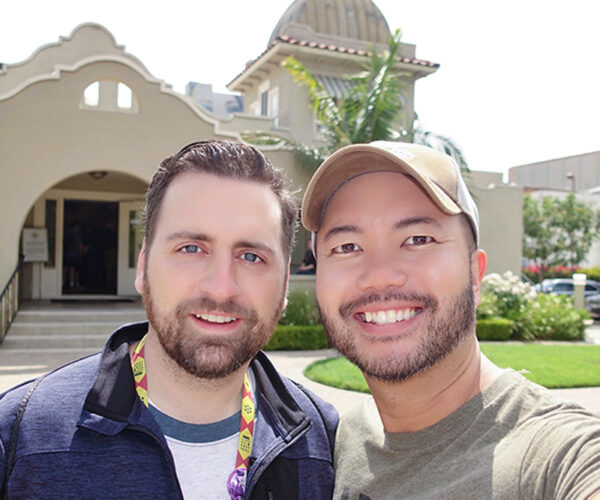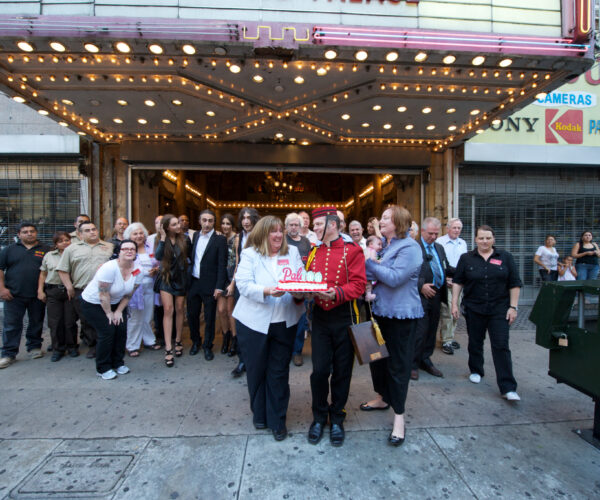Feature
Home on the Ranch
It has been said that the Ranch House is a twentieth-century invention of the American West. Its trademark rustic appearance –- often with broad porches, shake roofs, and rambling floor plans -– conjured a nostalgic image of rural living that encouraged people to believe they weren’t just buying a house, they were buying a lifestyle.
The San Fernando Valley, which had acres and acres of undeveloped land, was the perfect blank canvas on which to paint an array of Ranch Houses in the post-World War II years. And just as each Valley community has its own character, each Ranch House neighborhood features a different variation on the style.
Devonshire Highlands and Devonshire Country Estates, in Northridge, are filled with sprawling, custom-designed Traditional Ranches on enormous lots, many of which are speckled with citrus trees and sparkling swimming pools. The curving streets and underground utility lines add to the rural feel of the neighborhood.
The Living-Conditioned Homes, also in Northridge, offered a much more modern type of Ranch House for the progressive postwar homebuyer. Designed by prolific Modern architects Palmer and Krisel, these homes were “conditioned” for optimal space, light, sound, and safety with a forward-looking design that featured butterfly roofs, decorative stone cladding, and clerestory windows.
The Westridge Park subdivision in Canoga Park was developed by a single developer and filled with mass-produced Ranch Houses encompassing a variety of styles: Traditional Ranch, Cinderella Ranch, and Contemporary Ranch. Several models are repeated throughout the neighborhood, which contributes to its cohesive feel.
Further west in the Valley in Woodland Hills is the Woodland West subdivision of Contemporary Ranch houses designed by Charles Du Bois, who is perhaps best known for his architectural designs in Palm Springs. A few of the houses feature the distinctive Polynesian-inspired A-shaped entries.
With such a wide variety of Ranch Houses to admire in these four distinct neighborhoods, it’s hard to believe they were all developed at almost exactly the same time: between 1955 and 1959.


